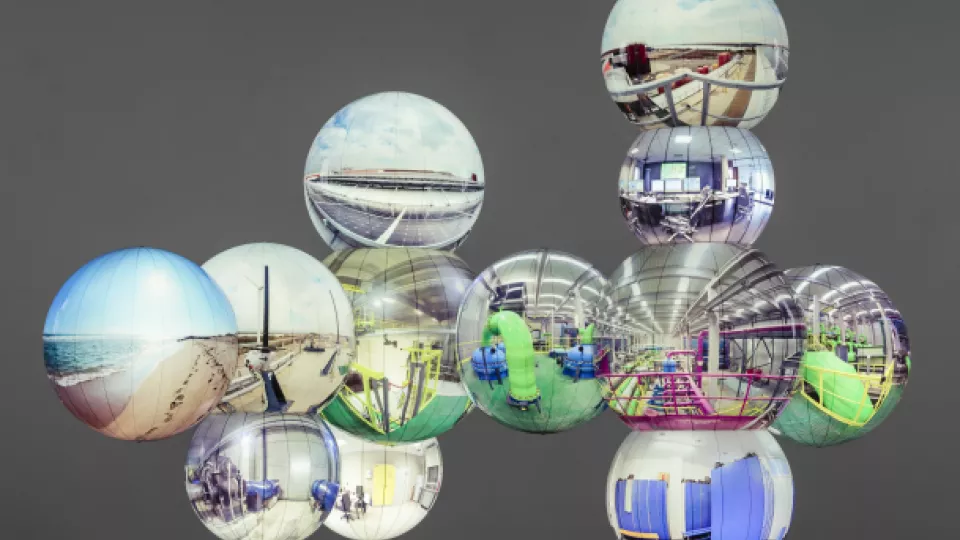Art Meets Science was an event organised by LUCSUS in collaboration with Skissernas Museum; inviting artists and scientists to discuss how and if the arts could empower the critical discussions and efforts towards sustainability. Through discussions as well as practical workshops, the aim was to shed some light on how disciplines can work together.
– I am very happy with the day!, Emily Boyd says. – Our intention was to really spark a dialogue between art and science, which is not something new, but there are new questions in the light of climate change and the sustainable development goals which has to be considered.
The invited speakers represented both academia as well as the artistic fields. The artist duo Bigert & Bergström, for example, were discussing their role as potential art activists and Emma Li Johansson discussed her work using participatory art as a scientific method. Emily Boyd ponders the different aspects of art and climate that came up by saying:
– The reflections from both academics and artists on the role of art were often unified in the sense that art is not, and should not, just be a vehicle for solving climate change and sustainability issues, but there are other ways in which art can explain, communicate, inspire and enrich the individual.
In the future, she hopes for more fruitful collaborations with Skissernas and other artistic agents, such as Musikhögskolan, Teaterhögskolan and Konsthögskolan. Together, these interdisciplinary meetings offer opportunities to consider new entry points and ask new research questions, but also to think about the different ways of doing research, together.
– This idea of Hålbarhetsveckan, to have science and art meet, can be taken up next year, perhaps through the arts? “Sciences meet Art” would be an interesting concept, and perhaps the Faculties of Fine & Performing Arts could host it?
Emily Boyd thinks that these meetings across disciplines become important includers for all as the issues following climate change disregards no one, and empowers its participants by showing the power of working towards the same goals - just taking different routes for change.
As she and I stand up to continue the (sustainable) festivities she adds:
– I really want to give a special thanks to Lund University Sustainability Forum and the University Specialised Centres' office for supporting the event. Also, all the colleagues over at LUCSUS, the communications team, helped make this event a great success. Thank you!.
